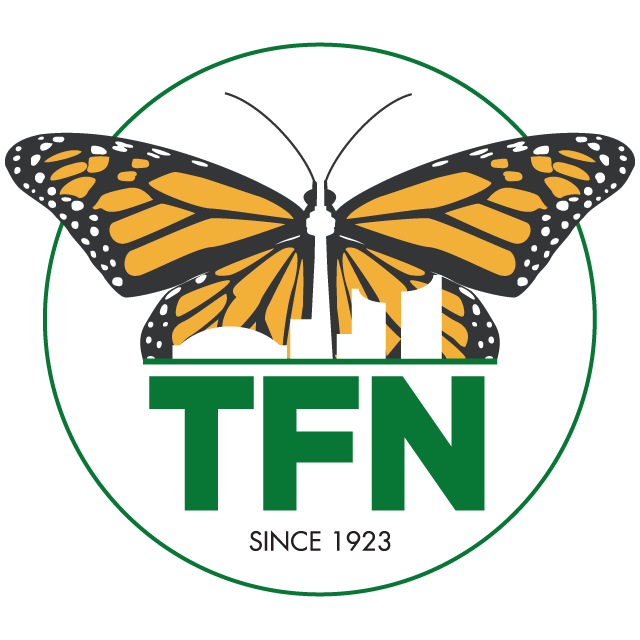Chances are, if you are reading this you don’t have to be convinced about the inherent value of nature and the importance of protecting it. But have you ever thought about the economics of failing to do so? That buzz you felt after your last visit to one of Toronto’s urban parks wasn’t just in your head. Time and again, studies show clear health benefits to our time in nature.
Unfortunately, our greenspace per person is declining, as Toronto’s population grows. And when it comes to the health benefits of our urban parks, we can choose to pay a little now or much more later. That’s because the cumulative effects of our visits to parks can work to improve or even prevent health conditions that can have devastating impact and are costly to treat. By decreasing rates of depression and staving off the development of chronic conditions like cardiovascular disease, obesity and diabetes, we all pay less for healthcare in the long run.
Greenspace that supports walking, cycling and other physical activity also helps reinforce good habits and reduce our greenhouse gas emissions. But what if we’re not out in urban nature as much as we would like? We will still enjoy the health benefits of improved air quality and lowered heat island effect that a larger tree canopy confers. But we need enough land to realize these benefits.
Statistics Canada tracks greenspace across cities and has captured the decline in Toronto’s allocation. Despite City Council’s commitment to maintain parkland acquisition in keeping with development and population growth, we are not meeting our own targets, as this 2021 TO Budget Highlight shows. Only 66% of Toronto’s population live within an area above Toronto’s parkland provision threshold (12 m2/person) based on the city’s Parkland Strategy.
Recent studies have calculated the economic value of urban parks. For example, when including the economic value of life satisfaction together with all the other health benefits, a small park in Peterborough was found to have a value of $4.1 million per year. The total health return meant the investment in the park was paid back in just 1.5 years.
What can you do? Contact your City Councillor. Tell them we need more greenspace; we can’t afford not to.
Kate B, TFN Advocacy Team

